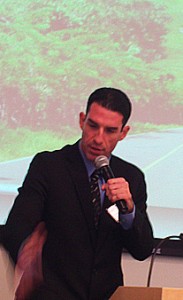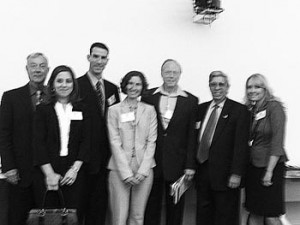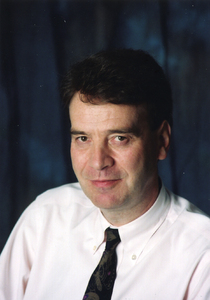
 The 9th Annual Global California Panama Conference was held this past Friday in San Jose California. The all day information packed conference was presented by TradePort, United States Panama Business Council – West, GlobalCalifornia.com, Monterey Bay International Trade Association and the City of San Jose. Robert Krieger, President of Krieger Worldwide and a featured panelist described Panama as the next Hong Kong. The new Free Trade Agreement and the fact that the Panama Canal is set to double its capacity means a boast for Panama, California and the Americas. Panama is now the largest free trade zone in the Western hemisphere.
The 9th Annual Global California Panama Conference was held this past Friday in San Jose California. The all day information packed conference was presented by TradePort, United States Panama Business Council – West, GlobalCalifornia.com, Monterey Bay International Trade Association and the City of San Jose. Robert Krieger, President of Krieger Worldwide and a featured panelist described Panama as the next Hong Kong. The new Free Trade Agreement and the fact that the Panama Canal is set to double its capacity means a boast for Panama, California and the Americas. Panama is now the largest free trade zone in the Western hemisphere.
Keynote speaker Juan Sosa the Former Ambassador to Panama and current President of United States – Panama Business Council said “the Panama Canal is now operating at 95% capacity. Panama is experiencing double digit growth with only 1% of the population in Latin America. Now as a logistic hub we believe that ports on the west coast, the Gulf and the Atlantic will benefit by our new capacity if they too can upgrade their capacity.” Port of Oakland’s Ron Brown who also spoke welcomed Panama’s expansion as a sign of growth for California.
 The heightened economic activity in Panama is not just about the canal. Panama City the
The heightened economic activity in Panama is not just about the canal. Panama City the  nation’s capital dubbed “Panhatten” is a dynamic city. Real estate, banking, ecotourism and renewable energy are all poised for growth throughout the nation. Alvaro Cabal Lachman also a panelist and head of USPAW and CEO of Nearshore Development provided key insights on real estate in the country today and in the future. Participating panelists and sponsors shared valuable insight on doing business in the country. In attendance were representatives of Morgan Stanley, Citibank, FedEx, Panama Pacifo, Hispanic Chamber of Commerce, Jose Branca, NICE Inc. and US Commercial Service. Daniel Robin a Senior Partner with In3 Finance Group who has worked on agricultural and renewable energy projects and ventures in Latin America suggested that PPA’s (Power Purchase Agreements) could provide an affordable solution to bringing solar energy to Panama. A trade mission to Panama will be held on July 25-27, 2012. By Richard Andrews
nation’s capital dubbed “Panhatten” is a dynamic city. Real estate, banking, ecotourism and renewable energy are all poised for growth throughout the nation. Alvaro Cabal Lachman also a panelist and head of USPAW and CEO of Nearshore Development provided key insights on real estate in the country today and in the future. Participating panelists and sponsors shared valuable insight on doing business in the country. In attendance were representatives of Morgan Stanley, Citibank, FedEx, Panama Pacifo, Hispanic Chamber of Commerce, Jose Branca, NICE Inc. and US Commercial Service. Daniel Robin a Senior Partner with In3 Finance Group who has worked on agricultural and renewable energy projects and ventures in Latin America suggested that PPA’s (Power Purchase Agreements) could provide an affordable solution to bringing solar energy to Panama. A trade mission to Panama will be held on July 25-27, 2012. By Richard Andrews



 Sustainable Development
Sustainable Development



